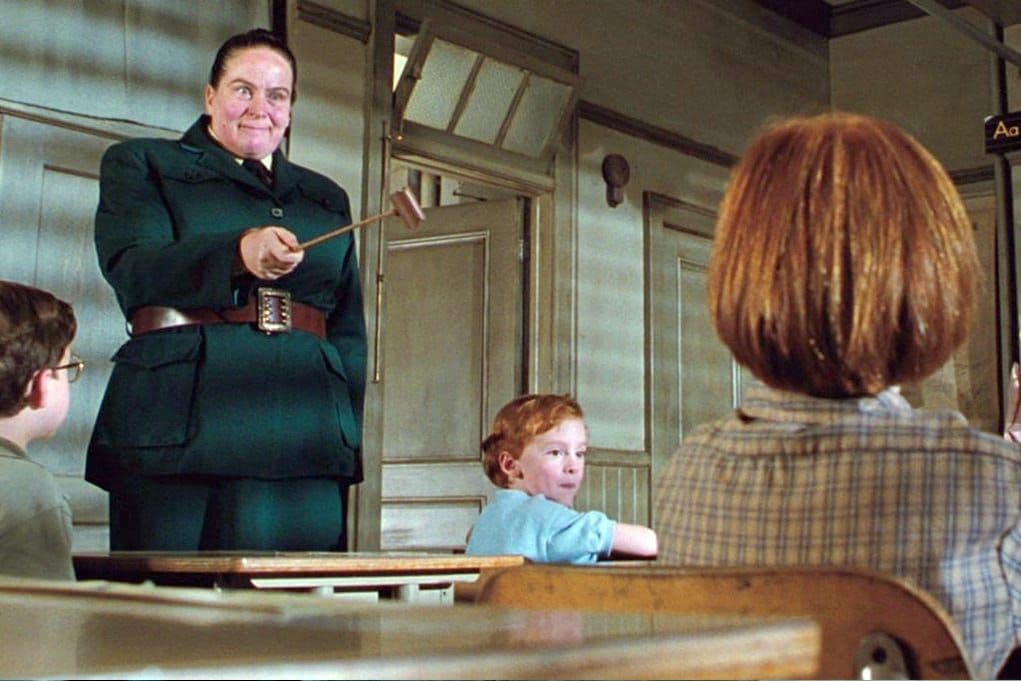
Police Bodycams: The Left's Biggest Self-OwnJan 13
black lives matter activists pushed for bodycam legislation in the 2010s expecting proof of racist policing. instead, the footage now more often exposes violent, unstable perps.
Aug 13, 2021

Editor's Note: This week, a bonus piece on education. Maxwell Meyer reached out recently with an almost unbelievable story about the activist assault on our public schools. First, a total obliteration of opportunity for our brightest students. Then, the revocation of all responsibility for our lowest-performing students. It seems no one can fail in a world where the concepts of failure and success have been erased. It’s a two-front ideological war and we’re losing. An absolute must-read.
-SOLANA